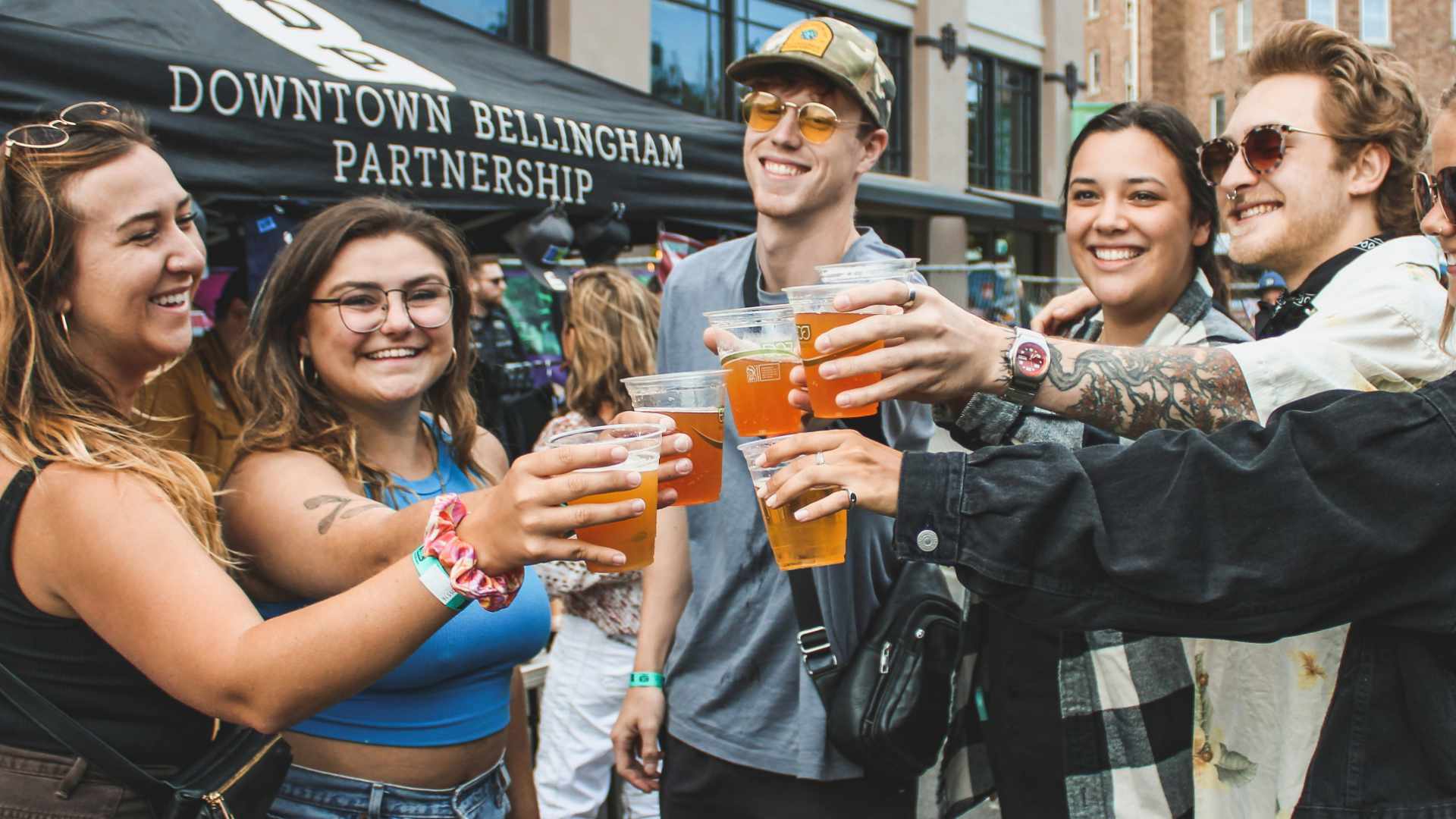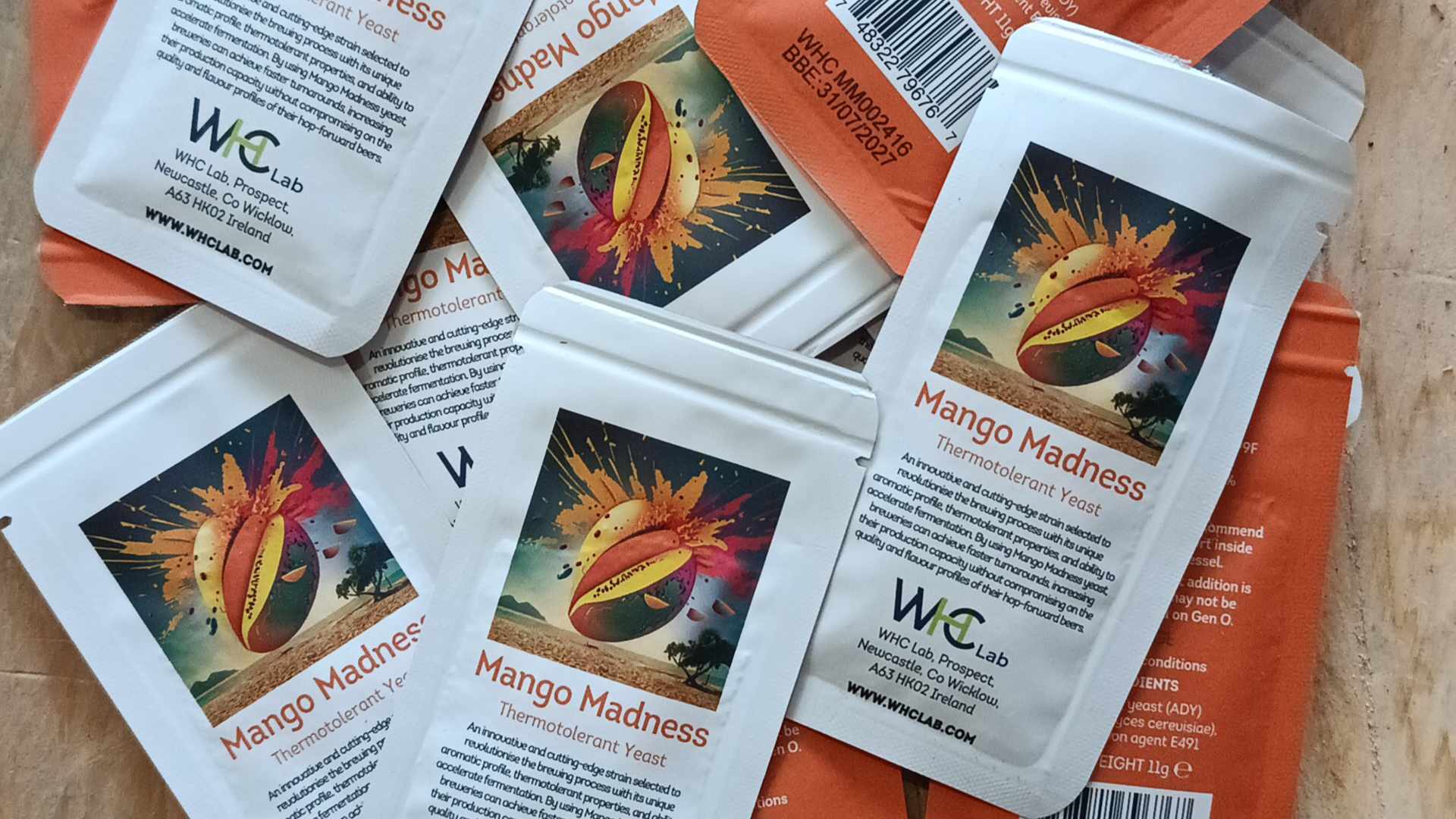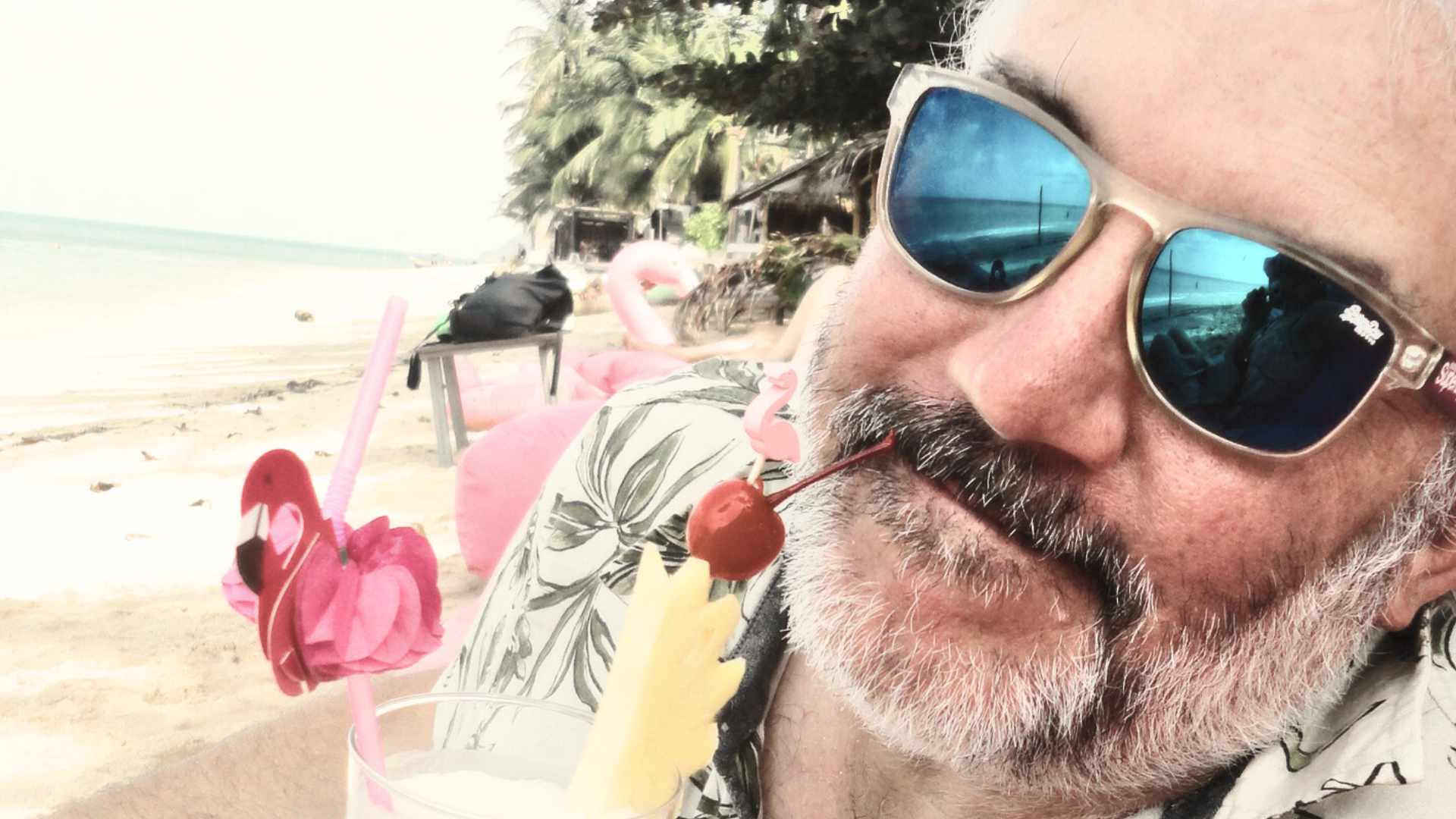Kereru Brewing is a multi trophy-winning and champion brewery based near Wellington in New Zealand. They are particularly known for their excellent barrel-aged brews. Chris Mills, CEO, Founder & Head Brewer tells us about the inspiration and the methods behind their award winning beer.
Tell us about yourself and Kererū Brewing! How did you start and what styles were you brewing in the beginning?
When I was 8 years old, my mother taught me to make fermented root beer in our kitchen. Many years later I began fermenting beer and was drawn to European and UK beer styles: pale ales, porters, stouts, and Belgian-style strong ales.
After many years working as a 3D Visual Effects artist, I found I was ready for a change in direction. I had observed that in good and bad times people enjoy having good beer and we made the decision to start up our brewery. First we installed a commercial kitchen in the basement of our house, but we quickly realised that we needed a bigger space and the ability to produce larger batches.
We moved into our present location in 2013 and began developing our range of recipes which has always been centred around premium traditional beers, gluten-free beers, and craft soft drinks.
You’re known for your super-premium barrel-aged brews. What led you to specialise in these styles?
I got into barrel-ageing when I discovered the NZ Whisky Collection at a beer festival in 2015. I expressed interest in working with them and purchasing some of their freshly decanted barrels. This resulted in our first release of Night Spirit NZ Whisky Barrel-Aged Imperial Stout. It was so delicious and amazing that I made an offer to purchase all of the wet casks from NZ Whisky Collection and 140 barrels later we had the foundation laid for our super-premium barrel-aged beers.
Our approach has been to extract maximum flavour from the barrels and this meant ageing times of 1 to 3 or more years. These luxurious beers have been packaged into 500ml glass bottles and have been awarded best before dates which, in some cases, are measured in decades.
More recently we were approached by a local NZ black truffle grower and we started adding these decadent additions to the penultimate releases with three unique truffled, NZ whisky barrel-aged releases.
The barrel aged beers are complex, luxurious, and will delight your senses. Serve at 10-12°C (or even room temperature like a port or a red wine) to best present their flavours. Each bottle is hand numbered on the back of its neck label with its bottle number and the number of bottles made of that run of beer. Night Spirit had four runs, Paloma had 3 runs, and all the other whisky barrel-aged beers had 1 run each. Each barrel can only be used once, so unless we can obtain more NZ whisky barrels, this will be it. Only 1200 to 4400 bottles of each run were produced.
What are the challenges with barrel-ageing and how do you overcome them?
Probably the biggest challenge is the anxiety and uncertainty of if the barrel will leak and the treasures therein be lost to the floor. There was some loss due to leakage, but we repaired the few leaking barrels with beeswax.
Each barrel has its own character and I wish I could have bottled each cask separately, but alas our setup requires that we have a certain volume in the bright beer tank to have cooling and other things work, so it all got blended together.
There is also the issue of not being able to make these particular beers again. Those barrels were unique and I’ll never find anything like them again.ÂÂ
You also have a great range of gluten-free beers. How are these produced?
Our brewery is maintained at a high standard of cleanliness, but for GF brewing we take things several steps further. The kettle has all of its fittings stripped off, and we manually scrub and inspect any spots which are not easily cleaned by the Clean In Place (CIP) system. This is followed by what we refer to as a renovation cleaning cycle (above and beyond the usual maintenance cleaning cycles).
We test the beer at the fermenter, bright beer tank, and in package and it must test as negative for gluten (non detected at a threshold of 3 PPM of sensitivity). This is more stringent than what is defined as Gluten-Free in the EU, UK or USA (where 20ppm has been the threshold for “gluten-freeâ€Â). I am aware that internationally, other countries are starting to follow the tighter definition that we have been for the past 11 years.
We work with sorghum extract syrup as the base source of carbohydrates (sugars) for our GF beers. We also work with GF adjuncts (millet and buckwheat primarily) for added character and colour.ÂÂ
Top tip for brewing a GF beer?
Don’t be stingy with the quality of your ingredients. Cleanliness should go above and beyond the usual when making GF beers. Take everything apart, inspect it, and scrub it.
Top tip for making low-alcohol beer?
Get yourself a post packaging pasteuriser. We don’t have one at this point and so we don’t make any beers under 2.5% alc/vol. That said, there are other fun and flavoursome beverages which we make that don’t require an in-package pasteuriser. Instead we stick to a hot-step, aseptic handling and our usual standard procedures for cleaning.
We’re focusing on NZ hops in this issue. Do you have a strong favourite? Any new ones that have caught your eye?
I’ve been particularly excited about some of the new growers who have come on the scene in the past 2 years. We now have the option of working with hops that have different terroir based on where they were grown in NZ. Word on the street is that hops grown near Queenstown have a more intense flavour and aroma. I am keen to work with these.
Which yeasts work well with NZ hops?
Our experience has been that American ale yeasts tend to be better at accentuating hop character vs English yeasts being better at producing beers which are more malt-forward.
What direction do you think the NZ craft beer scene is heading?Â
Good well-made beers are always going to be popular. I don’t see hazy IPAs going away any time soon, but I also think that there will be a steady market for bold, hoppy IPAs and solidly built porters and stouts (which we are well known for).
How can our UK readers get hold of your brews?
Pop onto our website at kererubrewing.co.nz and pick your own mix of barrel-aged beers or cans and we will cover all the costs for duties and taxes as part of the freight charges (these are shown at checkout when you identify what country the beer will be shipped to).
There may be a few remnant cans from earlier wholesale trading into the UK, but freight costs and COVID closed up our earlier distributors. We’d love to find someone new to work with (hint hint), but for the moment, go to our website.
Finally, what question do you wish I had asked you? What would your answer be?
It was the late and great writer and journalist Michael Jackson who ignited my passion and interest in craft beer in general and an appreciation for whisky. I wish he was better celebrated for everything he did to help revive small breweries as a possible industry.
My favourite beer is the one I am enjoying right now, and I am rather fond of pairing beers with single malt whiskey and enjoying how the spirit can accentuate the hops in the accompanying beer. I am also very fond of beer and food matching, as well as cooking with beer.
Barrel History:
KererÅ«âs oldest barrels were made in 1962 from American oak for a USA, Kentucky bourbon company called J.T.S. Brown & Sons. J.T.S. Brown & Sons used the barrels for making bourbon, and then sold the bourbon barrels to someone in New Zealand, who eventually sold the emptied, bourbon-flavoured barrels on to the
New Zealand company, Wilson’s Distillery. Wilson’s used the barrels for making whisky and then went out of business in the 90s. Wilson’s Distillery was also known as Willowbank Distillery.
When Wilson’s Distillery/Willowbank Distillery closed, some of their stock was forgotten and lost in a rural airport hangar in Dunedin. The whisky-filled barrels sat in that hangar for years and went from being average young whisky to exceptional aged whisky. At that point the old barrels were found and then there was a year long legal fight over who owned them. (The answer was: the creditors.) In 2000 some of the whisky was then sold to The New Zealand Whisky Collection Co., which formed expressly to bottle and sell this fabulous find.
At some point someone discovered some of the old barrels were leaking. Wanting to save that precious whisky until they were ready to bottle it, they decanted the leaking whisky barrels into some newly acquired (but not new) barrels from Mills Reef. Some of these Mills Reef barrels were French oak, some were American oak, but all had previously been used to store NZ Pinot & Cab Sauv, and the whisky that went into these ex-red wine barrels later became the New Zealand Whisky Collection famous Double Wood Whisky.
As the New Zealand Whisky Collection started bottling their whisky, they slowly started sending 140 of those recently-emptied whisky barrels to Kererū. When those barrels arrived at Kererū, they were still sloshing with the dregs of some of the finest old NZ whisky. We immediately filled the barrels as they arrived with some very special strong beers, and left those beers to sit on the oak and soak up the whisky and the oak flavours. The assorted different beers were aged on the whisky and oak for from 10 to 27 months and then bottled.
Each barrel that we received could only be used ONCE to soak whisky into a beer so we only made a few thousand of each of our whisky barrel-aged beers. (The barrel could possibly be used a second time to soak oak flavour into a beer but there would be no more whisky to be had the second time round. Also, since beer is less strong than whisky, the second use couldn’t be for a typical beer style, but must be a sour beer. This is an experiment still in progress and we aren’t sure it will work. Wait and see!)ÂÂ
Each bottle is hand numbered on the back of its neck label with its bottle number and the number of bottles made of that run of beer. Night Spirit had four runs, Paloma had 3 runs, and all the other whisky barrel-aged beers had 1 run each. Unless we can obtain more NZ whisky barrels, this will be it. Only 3000 to 4400 bottles of each kind of beer were produced.
Like red wines, barrel-aged beers are best served at 10-12°C (or even room temperature). This allows all the flavours and aromas to emerge. Kereruâ’s barrel-aged beers will cellar in a cool dark place and age well for years, with a shelf life after packaging date of at least 8 to 12 years, maybe more.
But life is short! Gather your friends and enjoy them now!





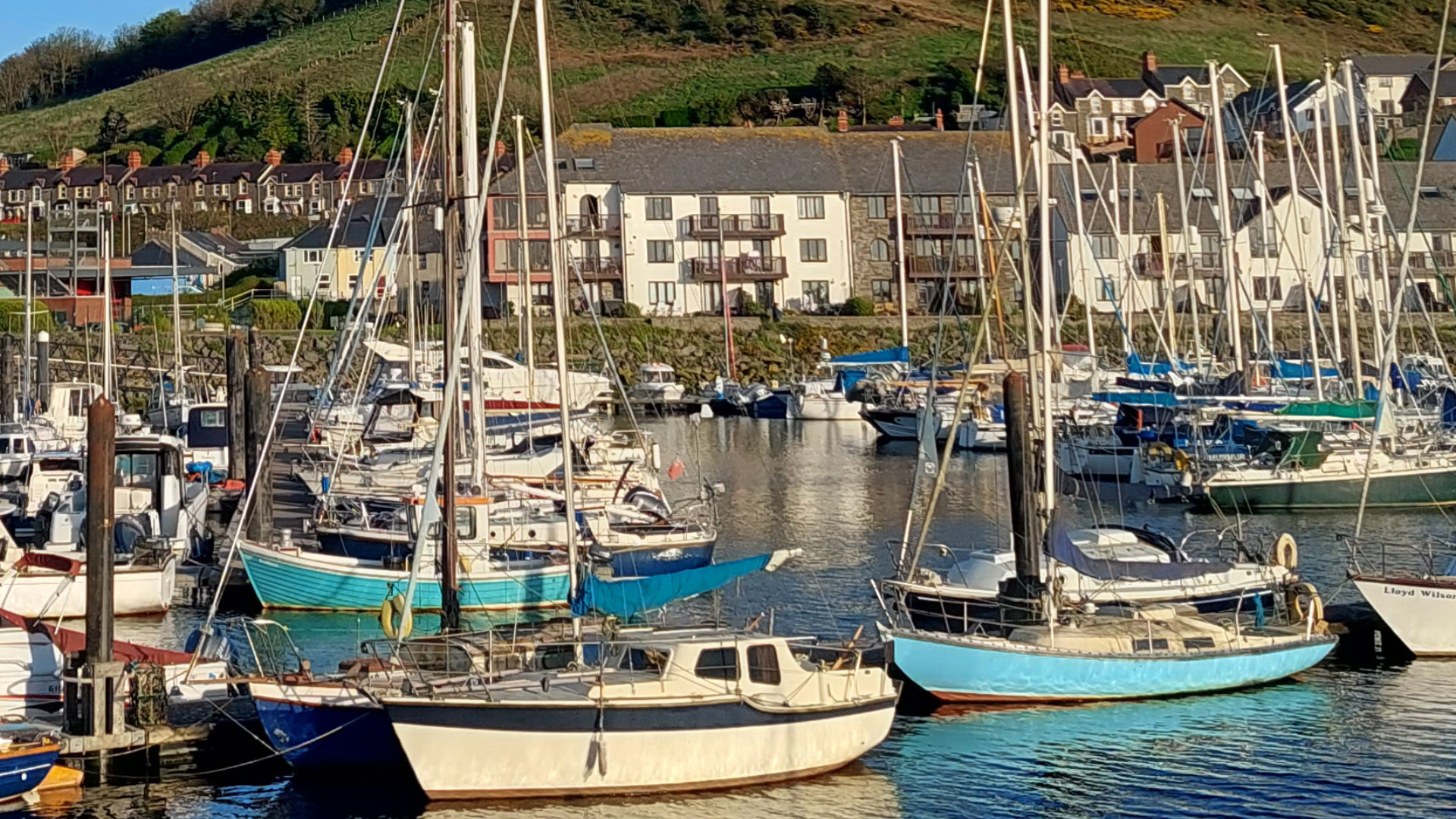
.jpg)
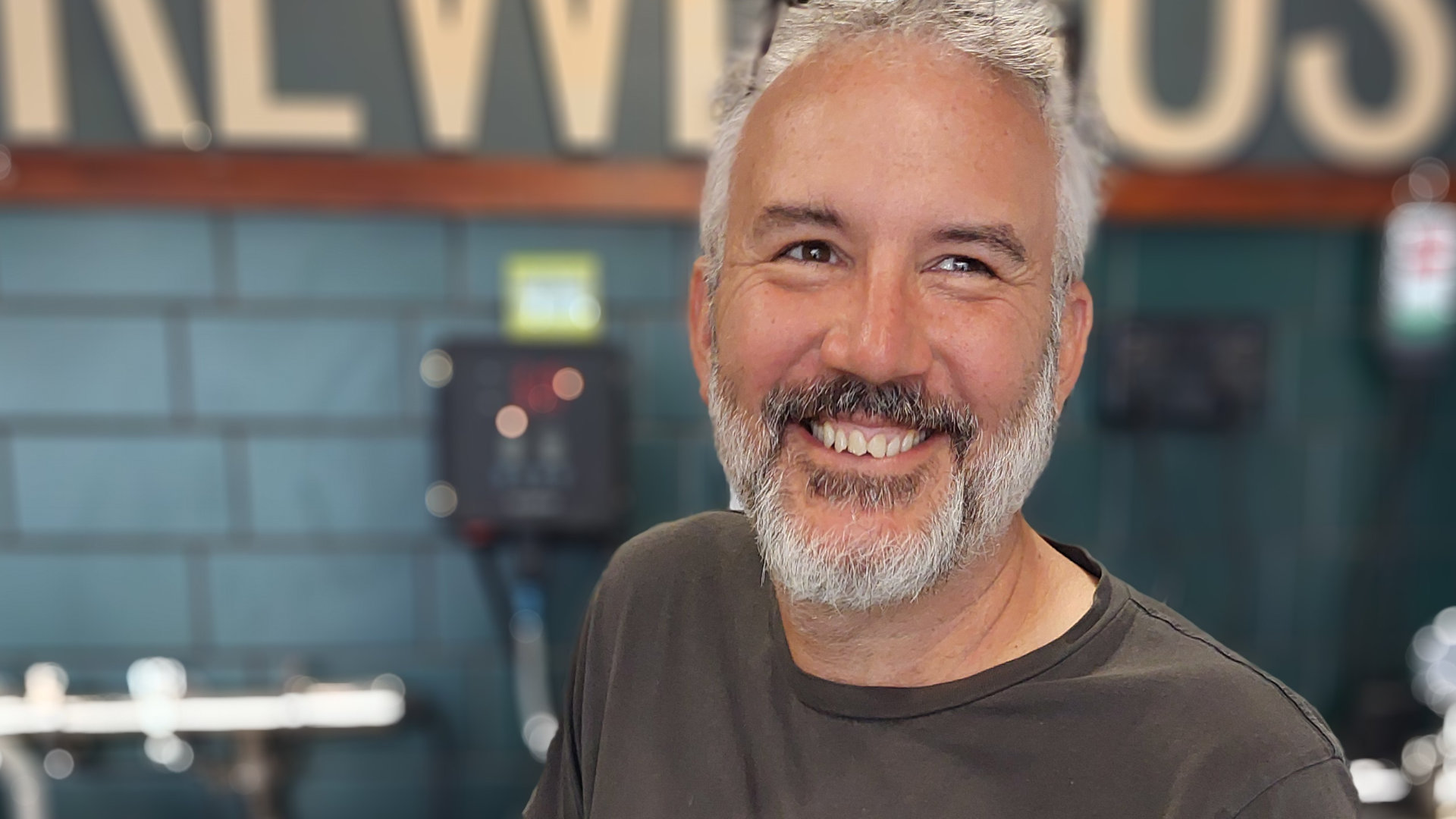
.jpg)
